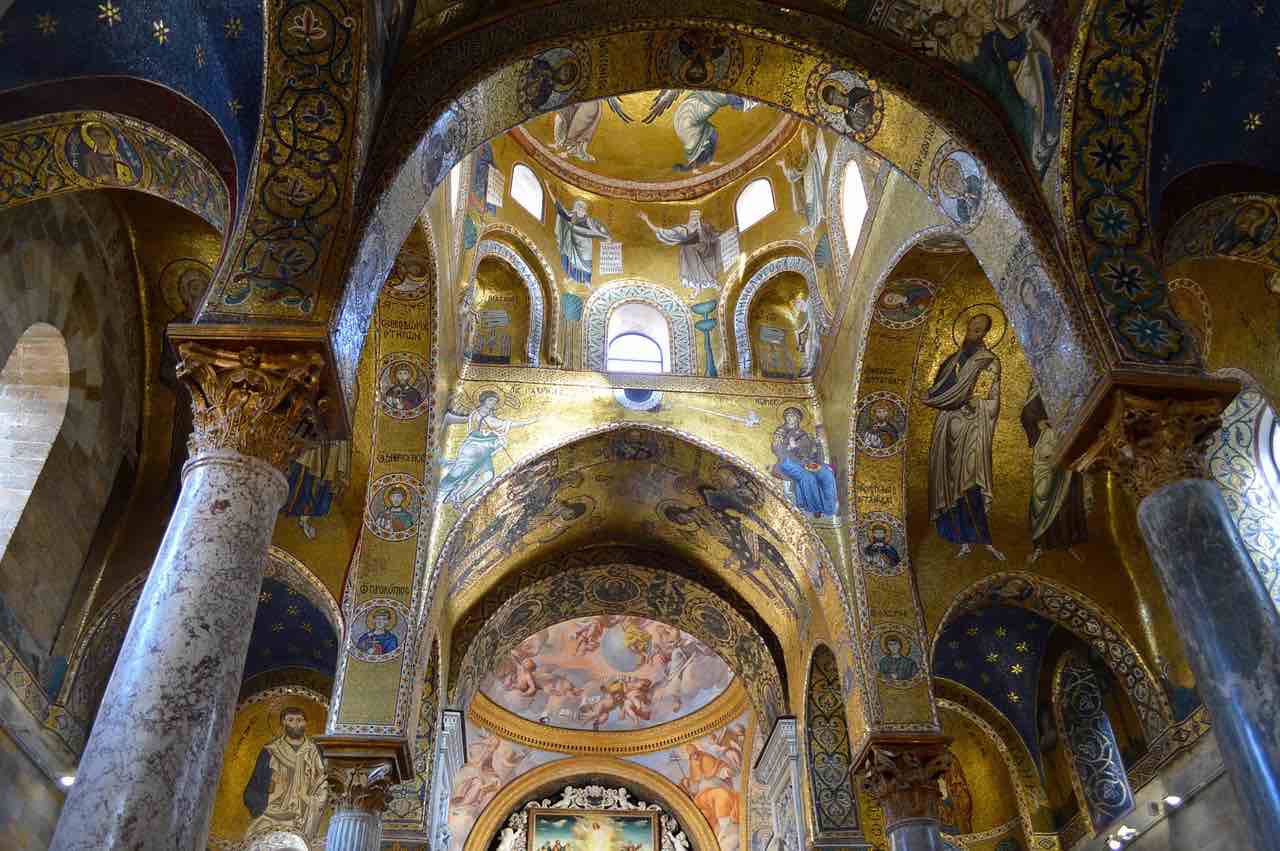Welcome to our monthly newsletter, dear readers.
• Our first new library selection is a chapter from Michel Chodkiewicz’s Seal of the Saints, “The Four Pillars”, detailing the hierarchy of Muslim saints through time and space, the “Council of the Saints” (diwan al-awliya’) as explained by Ibn ‘Arabi and other great Sufi masters.
One of these four Messengers, Jesus, Elijah, Idris and Khadir, is the Pole. The latter is one of the corner-stones of the House of Religion, and corresponds [in the Kaaba] to the corner of the Black Stone. Two of the others are the Imams, and the four of them make up the whole assembly of Pillars (awtad). Through one of them God protects faith, through another sainthood, through another prophecy, through the fourth the mission (risala), and through all of them He protects the purity of religion.
• Next, we present “The Cosmology of the Arab Philosophers”, a brief selection from Titus Burckhardt’s Moorish Culture in Spain, and a powerful insight into the fundamental points of view underlying Abrahamic philosophy throughout the medieval Mediterranean.
In the symbolism of the spider’s web (with center, radii, and concentric circles), we can find a simple illustration of the difference between the Aristotelian and Platonic philosophies. Aristotelian philosophy looks on the different circles, or what they represent, as separate entities, and, significantly, this means that the center too is separate from the circles. Platonic philosophy, on the other hand, considers the analogies that link all levels of reality.
Santa Maria dell’Ammiraglio, Palermo, Sicily.
• Finally, a historical and illustrated sketch about “La Martorana”, the 12th-century Church of St. Mary of the Admiral in Palermo, one of the treasures of Norman Sicily architecture, combining into a visual synthesis influences from Norman, Byzantine and Islamic origin. Described by Arab traveller Ibn Jubayr in 1184 as “the most beautiful monument in the world”, it was in all likelihood associated to the Palermo school of philosophy, and it is still active as a parish of the Italo-Albanian Catholic Church, a diocese which includes the Arbëreshë communities in Sicily (officiating according to the Byzantine Rite in Greek and in Albanian).




